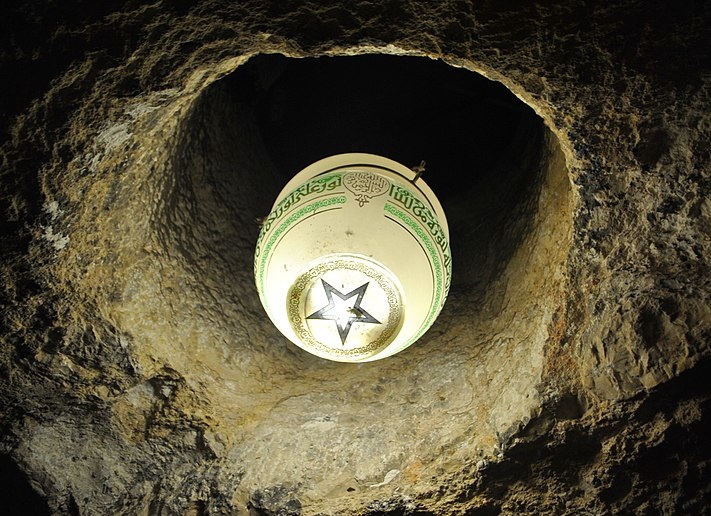Within Judaism there are dietary restrictions, allowances, and requirements. They are based on the remembrance and observation of religious principals. Many of the origins of these disciplines have not been fully understood for thousands of years. Amongst these are details about which insects are kosher and how they can and cannot be prepared by Israelites.
Locusts were/are kosher:
Leviticus 11:22 "Of them you may eat: the locust (arbeh) according to its kind, the bald locust (salam) according to its kind, the cricket (hargol) according to its kind, and the grasshopper (hagav) according to its kind.”
11QT Temple Scroll XLVIII … You may eat flying: every kind of great locust, every kind of long-headed locust, every kind of green locust, and every kind of desert locust.
The Chitsonim (“Outsiders”) Priests of Qumran were attempting to revive the origins of Judaism, and with mostly remarkable results. I do not yet trust that their locust list is a chronological interpretation of Leviticus, but I presume it to be highly probable.
If the Sons Of Light were transliterating directly, then:
locust = great locust
bald locust = long-headed locust
cricket = green locust
grasshopper = desert locust
Within the Damascus Document (found in Qumran and Egypt) there are stipulations as to how locusts may be prepared. They must be either immolated (burned) or drowned. These recipes appear to avoid causing the death of the insect by crushing.
Damascus Document Chapter 12: And all species of locusts shall be put into fire or water while still alive… …Let no man pollute his soul with any living and swarming creatures by eating of them…
This would be a particular nuisance to a Nazarite, who is more likely to subsist on kosher insects, as John The Baptist was and did. It wouldn’t be enough to simply catch the insects, but one would have to either kindle a fire or locate a water source before it could be eaten. Insect storage would also be effected, requiring groceries of the field not to be crushed.
FUN FACTS!
spoiler
I once attempted to observe the conditions of a Nazarite vow. The prohibition against coming into contact with a dead thing is especially difficult. Gelatins are most often animal by-products and are ubiquitous in modern food products. My vigilance ended while eating delicious forbidden marmalade. It contained a concentration of white grapes, and I hadn’t read the package prior to gnoshing.
ㅤ
I suspect that the observances of slaughter by drowning or burning avoid the means of preparation used in sacrificial rituals in other nations.
One record of such an offering is found in the Testament Of Solomon - who fell in love with a Shunammite/Shulammite woman. The Song of Solomon features a bride of Solomon who is almost certainly the same individual, whom Solomon agreed to sacrificial worship of Remphan and Moloch for. According to the Testament, when the King crushed five locusts in his hand, the spirit of God departed from him immediately, and he became a laughingstock.
The idolatry was completely forbidden - but his nose was open to expand the Royal Harem.

